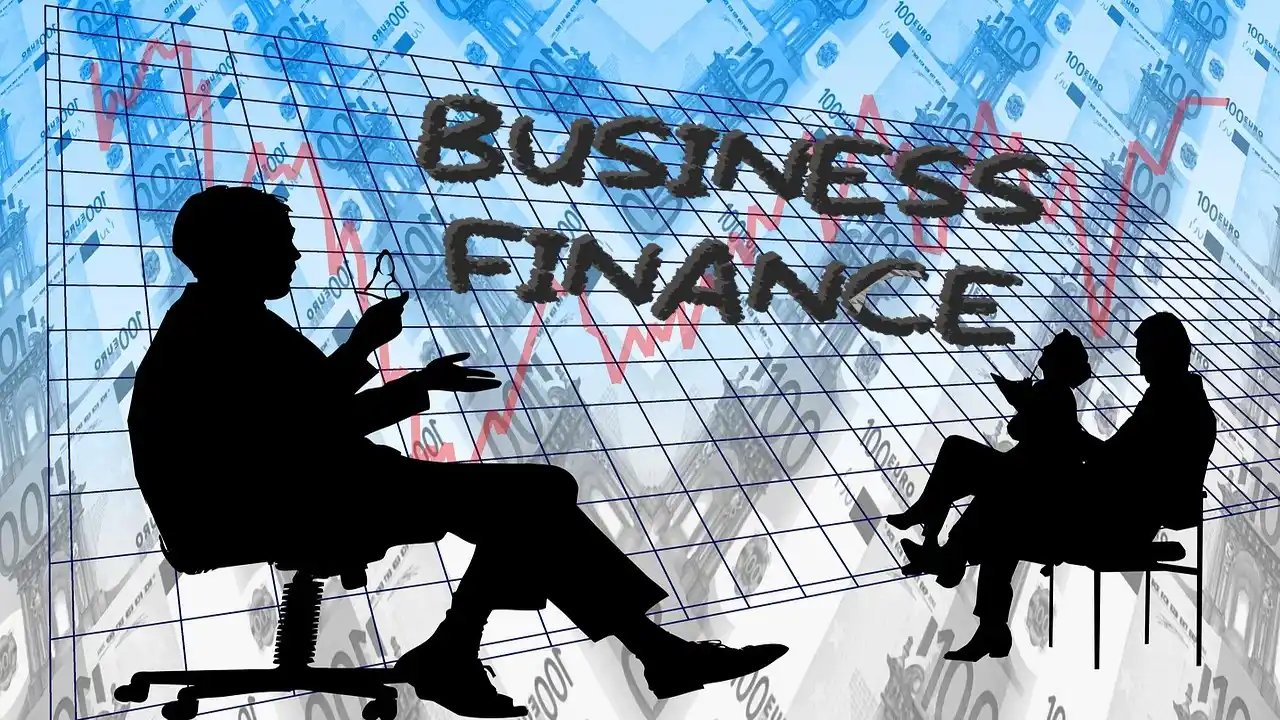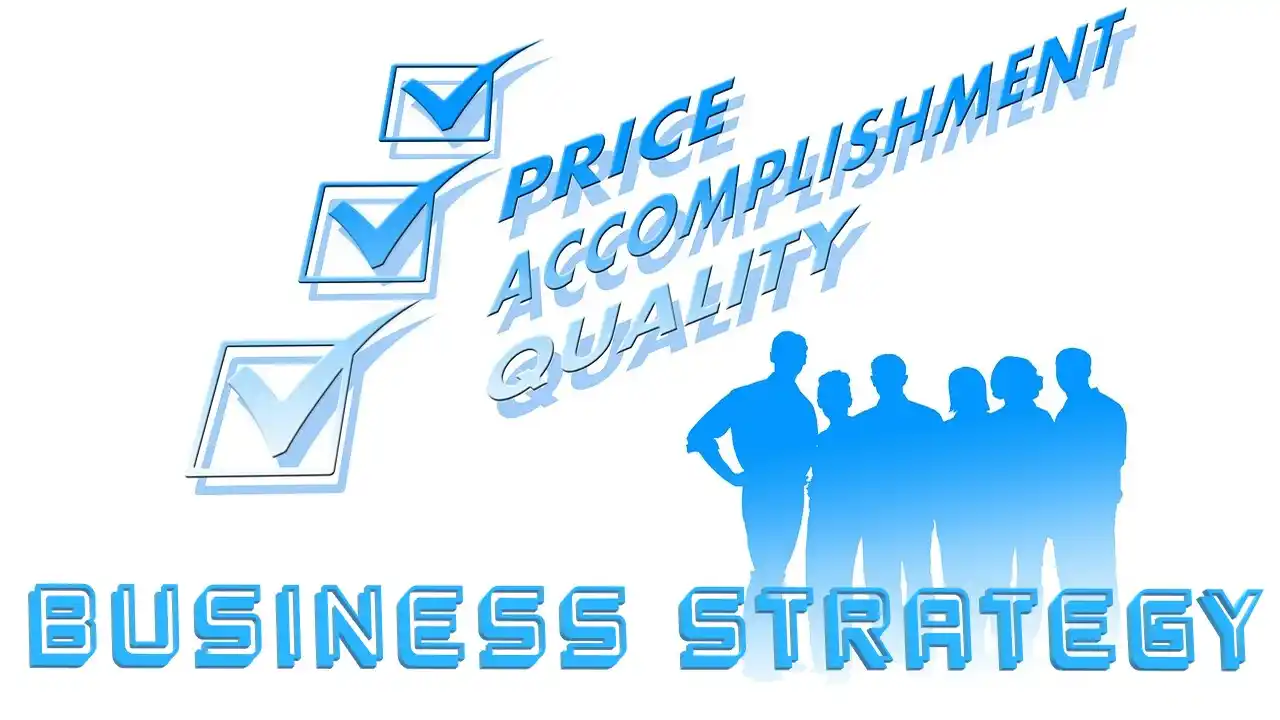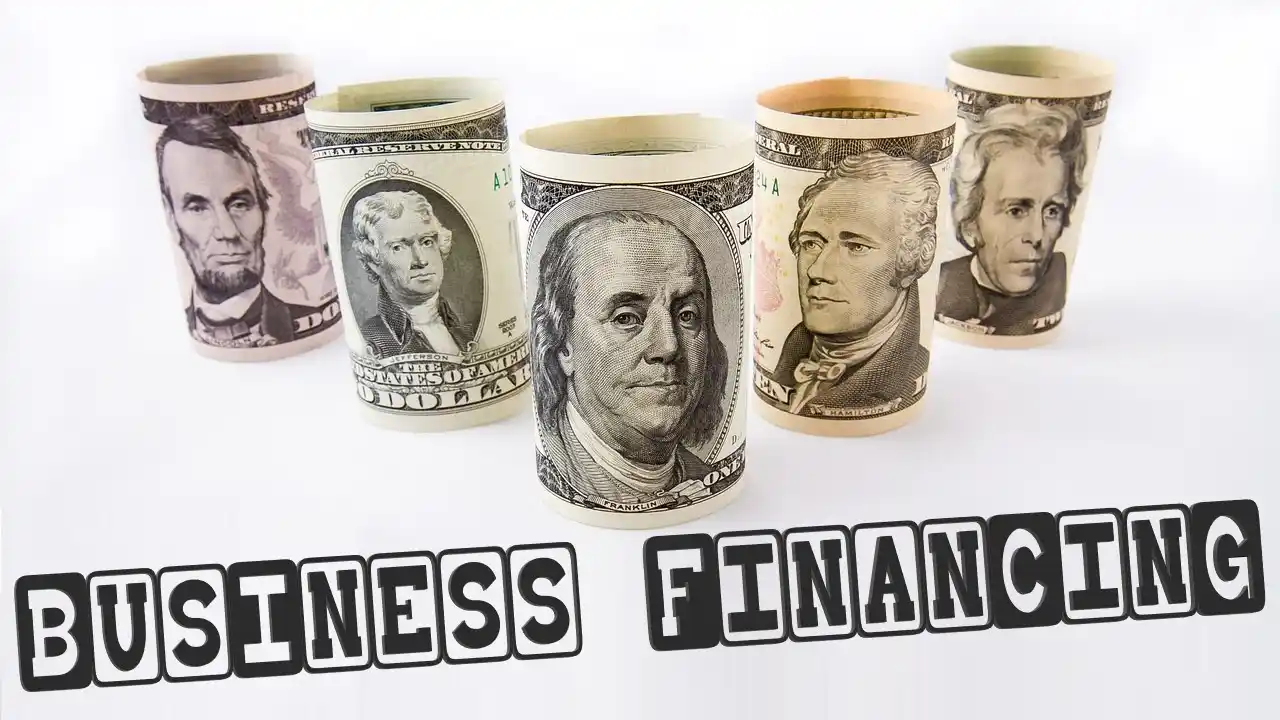A company’s revenue-generating strategy is referred to as its “business model.” It describes the products or services the company intends to sell, the market segment that will be its primary focus, and any anticipated costs. Both new businesses and long-established businesses require sound business plans. They make it simpler for new and expanding businesses to find investors, hire qualified employees, and maintain employee motivation. Businesses that have existed for some time should maintain their business models current. They will be unable to predict future trends and problems if they do not. In addition to assisting investors in evaluating companies of interest, business models can also assist employees in understanding the future of a company for which they may wish to work. To learn more, take a look at these types of business model.
Successful businesses have business models that allow them to satisfy their customers’ needs at reasonable prices that can sustain over time. Frequently, businesses revise their business plans to accommodate market and consumer demand fluctuations.Before you consider investing in a company, you should determine how it makes money. Before getting to know a company, an investor should perform the aforementioned steps. This necessitates an examination of the company’s business plan. It is true that a company’s business plan may not provide complete information about its future. However, an investor who understands how a business operates will find it much simpler to interpret the financial statements.
Top 10 – Types of Business Model
One of the most challenging aspects of starting a business is determining what problem your potential consumers are attempting to solve. Customers must want what you’re selling, and it must fulfill a genuine need. But ensuring that your solution fulfills the needs of your target market is only one aspect of building a successful business.
The second most essential step in starting a business is determining how you will make money. At this juncture, your company’s business plan should begin to take shape. We’re going to take a look at the types of business model and discuss related matters in this topic. Read more about the scope of business environment to deepen your comprehension.
Crowdsourcing
Crowdsourcing is the practice of requesting a large number of website users to collaborate on a project. There are various ways to implement the concept, but the most common way to earn money with crowdsourcing is to combine advertising models and crowdsourcing models. Threadless, for instance, allows designers to submit their own T-shirt designs and then distributes a portion of the profits with them.
Model of the Retailer
The end of the supply chain is a store where individuals can purchase items. These businesses purchase products from manufacturers or wholesalers and resell them to consumers at a price that allows them to not only recoup their initial investment but also generate a profit. Retailers have the option of specializing in a specific segment of the market or carrying an extensive selection of products.
Service Payment Model
A fee-for-service arrangement is exactly as it sounds. It specifies how much a company will charge for a particular service. Based on this paradigm, a company can increase profits by either increasing prices or acquiring more customers.
The company may charge consumers by the hour, the month, or on a commission basis, depending on the type of work performed. As part of this procedure, a pricing plan with a flat rate for each service type could develop. This is another types of business model.
Model of the Manufacturer
In a workshop, unfinished products are created from raw materials. Depending on the circumstances, they then sell the products directly to wholesalers, retailers, or consumers. For instance, manufacturing companies produce a vast array of products, ranging from medicines to furniture. Companies of nearly every size and industry could join. This is another types of business model.
Affiliate
The advertising business model is similar to the affiliate marketing business model, but there are significant differences. The partner model is the most prevalent online. Instead of graphic advertisements, it employs contextual connections.
Brokerage
Brokerage firms facilitate transactions by connecting buyers and vendors and providing additional services. They charge a fee for each transaction, which is sometimes paid by both the buyer and the vendor.
A real estate agency is one of the most common brokerage businesses, but there are many others, such as freight brokers and brokers who assist construction companies in selling the soil removed from new foundations.
Advertising
As the world has shifted away from print media and toward online media, the advertising business model has become more complex. The idea behind this strategy is to provide people with content they want to read or view, and then target them with advertisements. The strategy is also founded on the concept of monetizing user-generated content.
To be successful with a business plan for advertising, you must satisfy not one, but two customers: readers or viewers and advertisers. Even if your supporters do not pay you, your advertising is guaranteed. A crowdsourcing-based types of business model is frequently coupled with an advertising-based marketing strategy. This is done so that users can access the content without compensating the content providers.
Subscription Model
Traditional “brick-and-mortar” stores and modern “online-only” enterprises can both benefit from a subscription-based business plan. If a client wishes to continue using a product or service in the actual world, they must pay frequently. You can either pay a charge to use a company’s services or receive the company’s product. This is good types of business model.
Multi-sided Platform Mode
Any company that provides services to both consumers and businesses will utilize a business plan with multiple facets. LinkedIn is the best illustration of this because it assists job seekers and human resources professionals in filling open positions.
Concierge/customization
Some businesses take pre-existing products or services and add a personal element to the purchasing process. This implies that each consumer receives a customized service. Consider specialized travel agencies. They organize vacations and other excursions for affluent clients. Nike’s customizable shoes are an example of large-scale personalization.
FAQ
What is the Business Model Development Process?
The concept behind how a business creates, delivers, and then “captures” value is what the term “business model” refers to. A business model consists of the creation of value, the delivery of value, and the acquisition of value. This demonstrates that earning money is not the primary objective of the business plan. It relates to something crucial.
What Factors Contribute to the Success of a Business Model?
The business model should demonstrate the group’s direction and provide answers to pertinent concerns. The most essential components of a business model are the target customers, the market, the company’s assets and weaknesses, the product’s essential components, and the sales strategy.
What is a Basic Business Model?
The focus of a simple business plan that responds to a value proposition is a singular product or service. A complex business model provides one or more products, services, or a combination of all three in response to a larger and more complex value proposition.
Final Words
Fee-for-service business models emphasize providing labor and services rather than selling tangible goods. As part of a business strategy, “fee for service” can refer to billing customers an hourly rate or a flat fee for a particular agreement. Companies that charge for their services are typically highly specialized and able to provide customers with information that is not common knowledge or requires specialized training to comprehend. The objective of subscription-based business models is to convert individuals into loyal, recurrent customers over time.
This is accomplished by selling a product that requires recurring payments in exchange for a limited-time benefit. Digital companies typically use subscription business models to grant customers access to the software. However, these models also frequently use to sell tangible products, such as farm or fruit products delivered in subscription shipments on a monthly or recurring basis. Continue reading to become an expert on types of business model and learn everything you should know about it.






